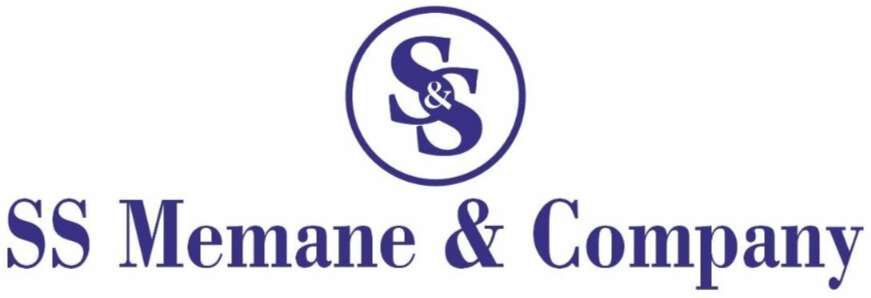ITR-4 Return
Quick Contact
Documents Required
- PAN Details
- Invoice Details
- Bank Statements
- Form 26AS
ITR-4 Return
ITR-4 (also known as Sugam) is an income tax return form designed for individuals, Hindu Undivided Families (HUFs), and firms (other than LLPs) who have opted for the presumptive income scheme under Sections 44AD, 44ADA, or 44AE of the Income Tax Act. This form is suitable for small taxpayers, such as small business owners, professionals, and freelancers, who want to simplify the process of filing returns by declaring income on a presumptive basis.
Eligibility Criteria for ITR-4
Who Can File ITR-4:
Individuals, HUFs, and firms (other than LLPs) with income from a business or profession under the presumptive income scheme.
Businesses with a turnover of up to ₹2 crore and opting for presumptive taxation under Section 44AD.
Professionals with gross receipts of up to ₹50 lakh and opting for presumptive taxation under Section 44ADA.
Individuals with income from salary, pension, one house property, and other sources (interest, dividends, etc.) along with business income under presumptive taxation.
Firms engaged in business activities covered under the presumptive scheme under Section 44AE for goods carriage.
Documents Required
PAN Card:
Permanent Account Number for tax identification and filing.
Aadhaar Card:
Mandatory for linking with PAN and for e-verification purposes.
Bank Statements:
Statements reflecting all financial transactions, especially those related to business or professional income.
Form 16:
Salary certificate issued by the employer, if applicable.
Details of Presumptive Income:
Calculations and declarations of presumptive income under Sections 44AD, 44ADA, or 44AE.
Investment Proofs:
Proof of investments made under sections like 80C, 80D, etc., for claiming deductions.
Details of Advance Tax Paid:
Evidence of any advance tax payments made during the financial year.
TDS Certificates:
Certificates reflecting tax deducted at source (TDS) on income other than salary.
Process of Filing ITR-4
Collect All Necessary Documents:
Gather all the required documents, including bank statements, Form 16 (if applicable), TDS certificates, and investment proofs.
Download or Access ITR-4 Form:
Download the ITR-4 form from the Income Tax Department’s e-filing portal or use the online filing option.
Fill in Personal Information:
Enter personal details such as name, PAN, address, and Aadhaar number.
Declare Presumptive Income:
Provide details of the business or profession, including the gross turnover or receipts. Calculate the presumptive income as a percentage of the gross receipts as per the applicable section (44AD, 44ADA, or 44AE).
Report Income from Other Sources:
If applicable, report income from salary, one house property, and other sources like interest or dividends.
Claim Deductions:
Enter details of deductions under Chapter VI-A, such as Sections 80C, 80D, etc., to reduce taxable income.
Compute Tax Liability:
The form will auto-calculate tax liability based on the income and deductions entered.
Pay Additional Tax:
If there is any additional tax liability, pay it using Challan ITNS 280 and enter the details in the form.
Verify and Submit:
Review all the details carefully and submit the ITR-4 online through the Income Tax e-filing portal.
E-Verify the Return:
Complete the process by e-verifying the return using Aadhaar OTP, net banking, or by sending a signed copy of the ITR-V to the Centralized Processing Center (CPC).
Advantages
Simplified Process:
The presumptive income scheme simplifies the filing process, reducing the need for maintaining detailed books of accounts.
Time-Saving:
The form requires minimal financial details, making it quicker to fill out and submit.
Lower Compliance Burden:
Taxpayers under the presumptive scheme are not required to get their accounts audited, reducing compliance costs.
Suitable for Small Taxpayers:
Ideal for small business owners, professionals, and freelancers with relatively simple income structures.
Facilitates Easy Tax Planning:
The presumptive scheme allows for easier tax planning and forecasting due to the fixed percentage of income.
Disadvantages
Limited Applicability:
Not suitable for individuals with complex income structures, multiple income sources, or high turnover.
Inflexibility in Income Declaration:
The fixed percentage for presumptive income may not accurately reflect actual profits, potentially leading to overpayment or underpayment of taxes.
Restrictions on Carrying Forward Losses:
Taxpayers using the presumptive scheme cannot carry forward business losses to future years.
Not Suitable for High-Income Earners:
Businesses or professionals with income exceeding the prescribed thresholds cannot opt for this form.
No Deduction for Actual Expenses:
Under the presumptive scheme, taxpayers cannot claim deductions for actual business expenses, which could be a disadvantage if expenses are high.
- Copyright 2024 © SS Memane || Designed By || Mr. Sunil Memane


